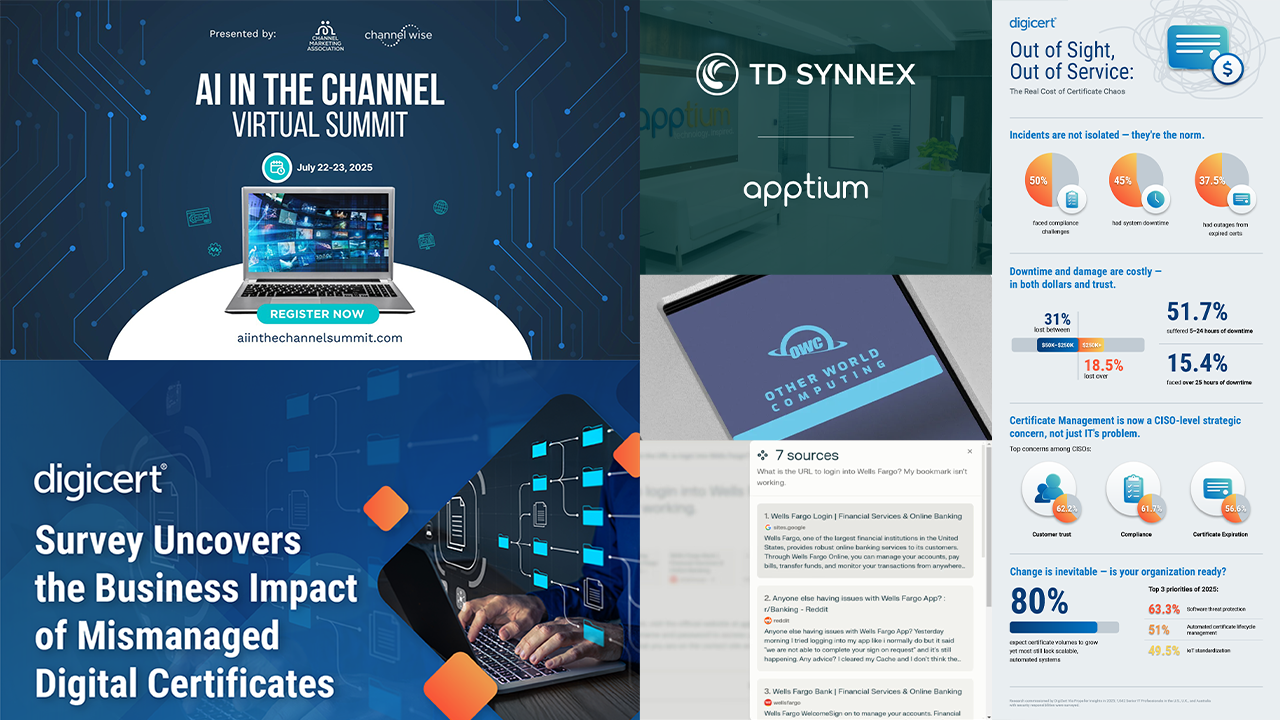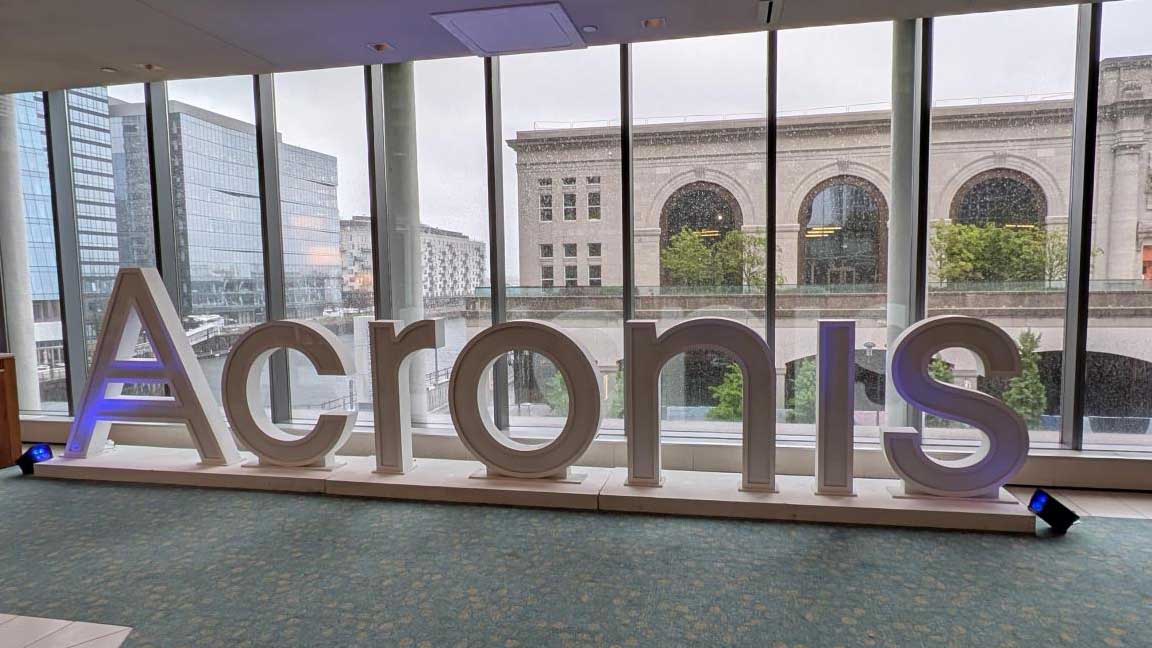From creating artistic images to writing code, the uses of artificial intelligence (AI) are expanding faster than ever. Thanks to its predictive insights and ability to shift through superhuman amounts of data sets in a snap, there is almost no sector that AI won’t touch. This includes mergers and acquisitions (M&A).
As Kevin Knoepp, operating partner and CTO at Trilogy Search Partners, notes, AI is helping expedite M&As, streamlining key steps within the process that can bottleneck transactions.
“Developments in generative AI and expanding machine learning capabilities are making this an interesting time for mergers and acquisitions,” says Knoepp. “Now more than ever, companies have the opportunity to modernize aspects of the tedious and sometimes grueling M&A process, allowing them to better assess the potential risk of deals, identify and evaluate overlooked targets, and once a deal is in progress, better organize and manage deal rooms. With these generative AI-driven capabilities, companies can improve the diligence process for businesses they are interested in acquiring, making the overall M&A process less risky, quicker, and more efficient. However, although generative AI is evolving fast, it still needs to be managed carefully and all output must be analyzed and verified by qualified experts in each applicable field.”
It’s no secret, of course, that predicting M&A activity is challenging. For the past few quarters, M&A activity has been experiencing a slowdown. However, M&As traditionally pick up in favorable economic climates, times of loosening regulations, and periods when companies have amassed sizable cash reserves. Market volatility and tech disruptions, too, can boost M&A activity.
This is why we believe that AI will lead to an increase in mergers and acquisitions.
Speeding Evaluation
As Knoepp notes, AI is transforming the way M&As work. First, machine learning algorithms streamline the evaluation period of M&As, making it more efficient, accurate, and shorter. These algorithms automate repetitive, time-consuming tasks, enabling companies to analyze huge amounts of data in short amounts of time, including industry trends, market value computations, and future performance predictions.
A quick example: Say there’s a company called AutoTech that’s developed advanced navigation software for autonomous vehicles. A second company is targeting AutoTech for acquisition.
Using AI, the company can analyze the code in AutoTech’s navigation software. The analysis might uncover potential bugs, security vulnerabilities, and other areas where the code could fall short of best practices. Machine learning models can also analyze the software’s speed, reliability, and resource consumption, and then predict how the software would perform in different conditions.
Before moving forward with the acquisition, though, the potential buyer would need to identify frequently encountered user issues and learn how to improve them. Machine learning, too, can use models to predict user satisfaction and churn rates.
This information can help the company more accurately understand the value of AutoTech, which is critical to the evaluation. With AI, the potential buyer now has insights that could be challenging and time-consuming to obtain manually.
Taking Some Pain Out of the Post-Evaluation Process
AI is also changing how companies navigate the post-evaluation period. Once evaluations are finalized, the two companies must figure out how to consolidate different technology infrastructures. AI can help companies move through the best practices of tech consolidation.
The first step is to perform a thorough audit of all assets—the technology, applications, and software each company is using. What tools are actually being used? Which tools are no longer relevant to the company’s mission? AI can be used to automate the repetitive nature of this step and provide a true picture of how technology assets are being used.
The next step is to identify asset and usage redundancies. For example, if one side of the M&A uses Microsoft 365 but the other is using Google Workspaces, merging everyone to one application will save time and money, as well as ensure that things like communication and file sharing remain consistent.
AI can help streamline each of these steps. Algorithms can identify operational mechanisms, make workflows more efficient, and automate routine yet labor-intensive tasks. AI can also help companies understand the value, maintenance cost, and alignment with strategic objectives of all the assets bound up in the merger or acquisition.
Helping with Migration
M&As often require migrating massive sets of data from one space to another, an important and often-complicated process that requires careful planning. There are three essential steps to migrating data in an M&A.
First, you must set clear goals to ensure a smooth and successful migration. What do you want out of the migration? What kinds of data need to be moved, how much, and to where? AI could prove useful in taking a comprehensive inventory of all the data on both sides and understanding what needs to be moved and what doesn’t need to be retained.
Next, you should identify the migration’s potential risks. These include things like data loss, incomplete migrations, or sending data to the wrong locations. Finally, before migrating data, you need to prepare for contingencies. How will you identify problems that might arise? Using a migration tool can help make sure your migration is safe and effective.
Creating Value Post-Acquisition
AI can help shape M&As after the deal is finalized. By quickly analyzing large data sets, AI can help companies identify and understand otherwise unseen patterns, trends, and insights that can help them create value after the acquisition is complete. AI helps target efficiencies, synergies, and other areas for growth and innovation that might not have been apparent in the evaluation period.
AI is changing the landscape of multiple industries. The M&A space will be no different. AI has capabilities that allow companies to quickly and more efficiently vet targets. It will help streamline the pre- and post-merger process. Expect to see a rise in M&A activity thanks to the new life AI can breathe into these deals.
BAILEY SMITH is a customer success engineer at BitTitan who strategically integrates sales, development, and support teams to facilitate profitability and growth. Identifying and solving present companywide issues and creating innovative solutions for future company goals are paramount to this role.














